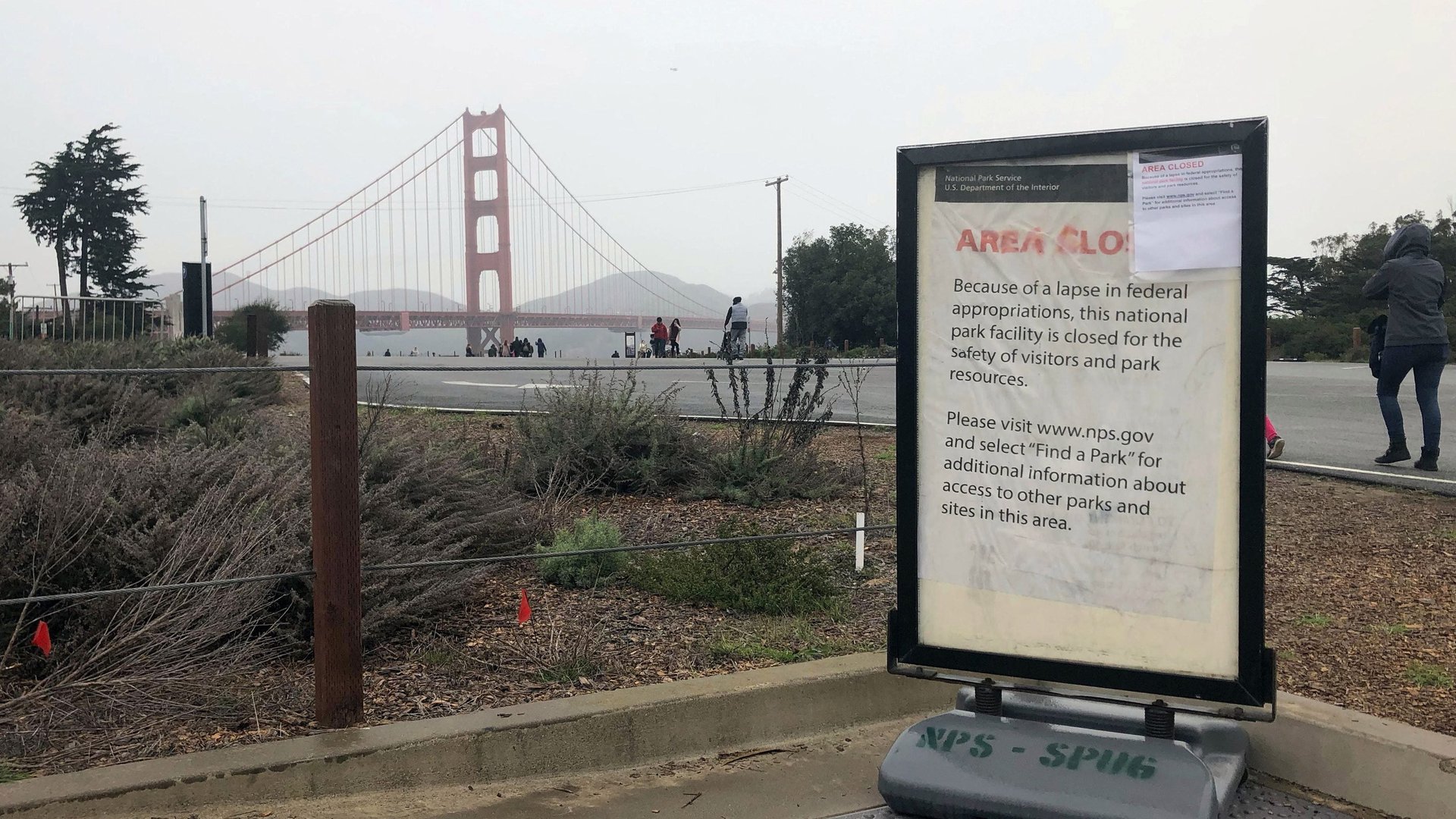All the reasons why the US government has ever been shut down
When US president Donald Trump ordered the government to shut down last week, it was the third shutdown since he took office in 2017—and the 21st since 1976, the year the modern congressional budget process was enacted.


When US president Donald Trump ordered the government to shut down last week, it was the third shutdown since he took office in 2017—and the 21st since 1976, the year the modern congressional budget process was enacted.
The current shutdown stems from a stalemate between the White House and congressional Democrats over funding for Trump’s long-promised wall along the US-Mexico border. The first, which occurred in 1976 under Republican president Gerald Ford and lasted more than 10 days, was also about funding, but for the Departments of Labor and Health, Education, and Welfare, not for a wall most experts say won’t work.
According to a detailed chart of historical data compiled by Gretchen Frazee and Lisa Desjardins of PBS, the longest single shutdown lasted 21 days in 1995, when Democrat Bill Clinton was president and Republicans controlled both branches of congress. That’s when Clinton and House speaker Newt Gingrich couldn’t reach an agreement over domestic spending cuts. The shortest shutdown, on February 9, 2018, centered around deficit spending and tax cuts and lasted just nine hours.
Fights involving abortion have shut down the government five separate times, for a total of 57 days between 1977 and 1979; all under Democratic president Jimmy Carter, with Democrats in control of both the House and Senate. However, those, like the previous stalemates, resulted in funding gaps, with no actual shutdown of the government required.
The first actual shutdown came in 1981, when Republican president Ronald Reagan ordered non-essential federal employees to go home. Two days later, the government was back in business. The following year, a one-day technical shutdown occurred because a White House barbecue and a Democratic fundraiser delayed a funding bill from being processed on time. Other reasons the government has been shut down over the years include battles over immigration, the Affordable Care Act, Medicare, US support of the Nicaraguan Contras, missile programs, and pay raises for Congressional staff.
Right now, about three-fourths of the US government remains funded, meaning the current shutdown is technically just a partial one. Still, it affects hundreds of thousands of federal employees and contractors. The Federal Emergency Management Agency (FEMA) alone has suspended hundreds of contracts, involving many dozens of companies and suppliers, until further notice.